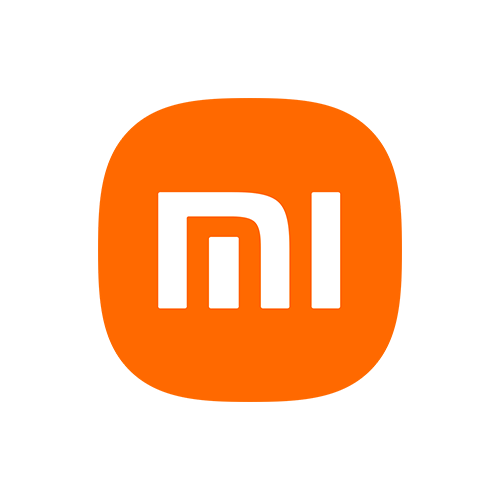Xiaomi has officially launched its new operating system, HyperOS, as promised. This operating system is said to be a unified system for all Xiaomi products, ranging from portable devices to cars and smart home devices, under the company’s new vision of “Human x Car x Home.”
You might be wondering what exactly this operating system is. According to Xiaomi’s description, its main core utilizes the Linux kernel combined with its own developed operating system, Xiaomi Vela. (Vela is a modified version of the real-time operating system Apache NuttX for IoT devices, introduced by Xiaomi in 2020).
Many people may still question whether it is really possible to merge two operating systems like this, or if Xiaomi has yet to provide a direct answer on this matter. The best explanation so far comes from Lei Jun, the CEO, who posted an architectural diagram of HyperOS, with the Kernel section written as Linux + Xiaomi Vela, as shown in the image. (But it still doesn’t fully answer the question.)
“Our team of over 5,000 researchers and developers have dedicated their efforts to this project. I am incredibly grateful for their exceptional work!” tweeted Lei Jun on October 24, 2023. #XiaomiHyperOS
At this point, it raises the question of whether HyperOS is a “suite” of two operating systems under the same brand, similar to Huawei’s HarmonyOS, which is essentially Android and LiteOS under the same branding.
Other information about HyperOS, as displayed on Xiaomi’s own website, includes:
– Development started in 2017, with the goal of integrating IoT systems into one unified system.
– Supports over 200 processor types, 20 file systems, and covers hundreds of device types and thousands of SKUs.
– Works with various RAM sizes, ranging from 64KB to 24GB.
– Supports modular operations, cutting down the operating system size by only including the necessary hardware-related features. For example, it occupies only 8.75GB on smartphones.
– Improves performance, consumes fewer resources, provides smoother gaming experience, and has lower energy consumption compared to Stock Android (truly written like this).
– Features a HyperConnect function, allowing devices to communicate and control each other effortlessly. For example, you can check car cameras from your mobile phone or control the rear camera of your smartphone from your notebook. It also supports notifications, app running, and clipboard copying across devices.
– AI feature called HyperMind predicts user preferences, such as automatically turning on lights in a room after unlocking the door.
– Security feature includes a trusted execution environment (TEE) operating system, separate from the main operating system, to protect sensitive data.
HyperOS will be implemented in new products this year, including the Xiaomi 14 Series, Xiaomi Watch S3, and Xiaomi TV S Pro 85″ miniLED.
The Xiaomi website does not mention the compatibility of HyperOS with Android (only mentions Linux, not Android). However, The Verge website refers to HyperOS on the Xiaomi 14 smartphone as “a new Android skin.”
TLDR: Xiaomi has launched its new operating system, HyperOS, which aims to unify all Xiaomi products. The operating system combines the Linux kernel with Xiaomi Vela and offers various features such as improved performance, seamless device connectivity, AI capabilities, and enhanced security. HyperOS will be featured in upcoming Xiaomi products, but its compatibility with Android remains unclear.

Leave a Comment